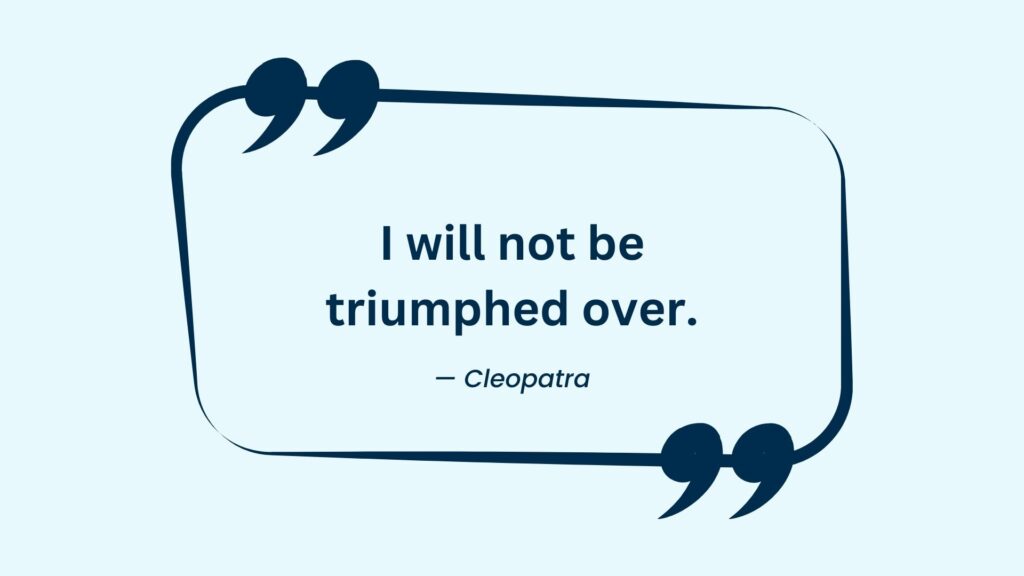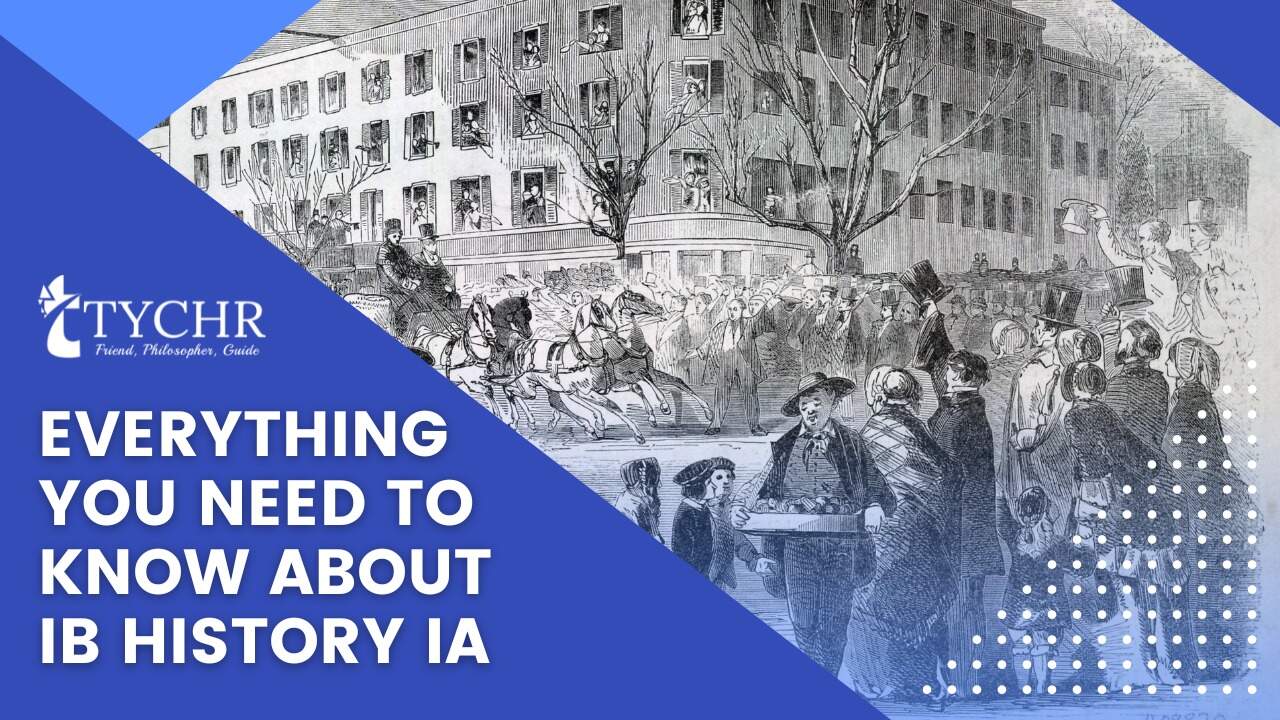Table of Contents
The International Baccalaureate (IB) History IA is a crucial component of the IB History course, as it allows students to demonstrate their ability to conduct historical research and to analyze and evaluate primary sources. A well-written IA can greatly contribute to a student’s overall grade in the IB History course and can also be a valuable addition to a student’s college application.
Step 1: Choose a Topic
The first step in writing a perfect IB History IA is to choose a History IA idea/ topic that is both interesting and relevant to the IB History syllabus. It is important to select a topic that you are genuinely interested in, as this will make the research and writing process more enjoyable and engaging. You should also choose a history IA idea or topics that is feasible to research and write about within the given time frame.
Step 2: Conduct Thorough Research
With the History IA ideas, you must choose, examine, and take into account a variety of sources and viewpoints. Analyzing a variety of sources is crucial in my opinion since it will make it simpler for you to discuss various points of view. While it may be tempting to use the first sources you find when doing research on a subject, doing so may prevent you from coming up with thoughtful arguments to make in your History IA. Therefore, it is worthwhile to invest some time in looking for the most intriguing sources to assess.
Once you have chosen a topic, the next step is to conduct thorough research on the subject. This should include both primary and secondary sources. Primary sources are firsthand accounts or artifacts from the time period being studied, such as letters, diaries, photographs, and government documents. Secondary sources are written by historians and provide interpretations and analyses of primary sources. It is important to use a variety of sources in order to get a well-rounded understanding of the topic and to provide evidence to support your arguments.
Step 3: Formulate a Research Question
After you have completed your research the History IA question is where it begins, the next step is to formulate a clear research question that your History IA will seek to answer. Your research question should be specific and focused, and it should guide your research and writing process.
Step 4: Create an Outline
Once you have a research history IA question, the next step is to create an outline for your IA. A good outline should include an introduction, body, and conclusion. The introduction should provide background information on your topic and state your research question. The body should consist of several paragraphs that address different aspects of your topic and that use evidence from your research to support your arguments. The conclusion should summarize your main points and explain the significance of your research.
Step 5: Write a Well-Organized and Well-Written IA
After you have created an outline, the next step is to write a well-organized and well-written IA. This should include a clear and concise introduction that provides background information on your topic and states your research question. The body should consist of several well-developed paragraphs that address different aspects of your topic and that use evidence from your research to support your arguments. Each paragraph should have a clear topic sentence that introduces the main idea of the paragraph and several supporting sentences that provide evidence and analysis. The conclusion should summarize your main points and explain the significance of your research.
The History IA is divided into three sections, as seen in the image above. This gives your IA a helpful structure, and I suggest clearly identifying these three components in your essay. It will make it much easier for the examiner to follow your IA and show them that you have a firm understanding of what each subject covers. Here is a brief summary of what you must do in each section:
- Section 1: Source identification and evaluation – First, you must state your question in full detail. The next step is to analyze two of the sources you’ll be using in your IA and explain why they are pertinent to the inquiry. The origins, aim, and substance of the sources, as well as their worth and limitations, should all be mentioned in a thorough analysis. Word count recommendation is 500.
- Section 2: Investigation – in this section, you must provide a thorough critical study of your question. It must also contain the conclusion you arrived at after conducting the analysis. As you want a variety of evidence to support your claim, you should include your other sources in this debate. Word count recommendation is 1,300.
- Section 3: Reflection – In this section, it’s the important history IA question apart from the research questions you should be asking and that is, you should consider how your inquiry has brought to light the approaches taken by the historian and the difficulties she or he faces. Which historical research techniques did you employ in your study? What shortcomings of those techniques did your inquiry bring to light for you? Who chooses which historical occurrences are noteworthy? Is it possible to accurately describe historical events? These are some samples of queries you might want to think about in this section. Word count recommendation is 400.

Step 6: Use Proper Citation Style
It is important to properly cite your sources in order to give credit to the original authors and to provide evidence for your arguments. There are several citation styles to choose from, such as the Chicago Manual of Style or the Modern Language Association (MLA) style. You should consult with your teacher to determine which citation style you should use.
Step 7: Have Your IA Reviewed
Before submitting your IA, it is important to have it reviewed by your teacher or a peer. This will allow you to identify and correct any mistakes or weaknesses in your IA and to ensure that it is of the highest quality.
By following these steps and putting in the necessary time and effort, you can ace the IB History IA and achieve a high score on this important assignment. Good Luck!







